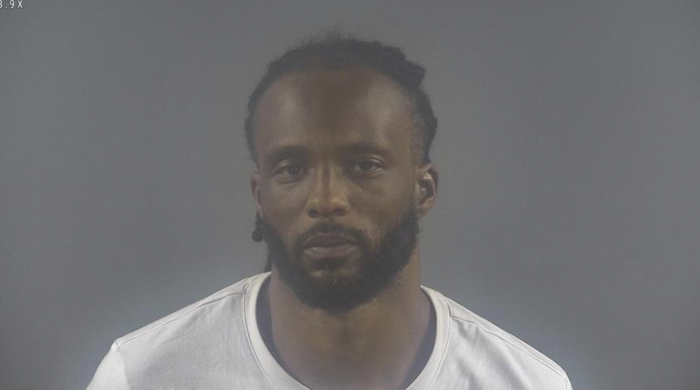Media forecasts fell flat in the 2020 election
Published 12:00 am Sunday, November 8, 2020
WASHINGTON – At the time of this writing, we still don’t know who won the 2020 election, but we certainly know who lost: the big media.
Almost every major media survey forecast an overwhelming popular-vote and Electoral College win for Joe Biden and a Democratic takeover of the U.S. Senate. But the predicted blue wave appears not to have materialized.
In Florida, polls gave Biden on average a lead of one point; the New York Times’ poll showed Biden beating President Donald Trump by three points, and Reuters showed him winning by four points. Instead, Trump won the state by more than three.
In Pennsylvania, Biden led by more than a point on average in pre-election polls, and the NBC News/Marist survey predicted a five-point Biden victory. Instead, the race was down to the wire.
In Wisconsin, pre-election polls showed the former vice president up almost seven points. The Washington Post/ABC News poll projected a 17-point Biden thrashing, while the Times predicted an 11-point Biden victory. Trump appears to have lost by about 20,000 votes.
The same is true of the Senate.
In Maine, not a single poll showed Republican Sen. Susan Collins winning reelection, and some showed her losing by six, seven and even 12 points. Instead, she crushed her opponent by more than seven points.
In North Carolina, with the exception of the GOP Trafalgar Group, not a single poll in the past month showed GOP Sen. Thom Tillis winning his race; he leads by nearly two points.
In Iowa, Republican Sen. Joni Ernst was supposed to be endangered but won by nearly seven points. In Montana, GOP Sen. Steve Daines was supposed to be in a nail-biter but won by 10.
Far from taking back the Senate, as of this writing Democrats have gained a grand total of one seat. And defying expectations, Republicans won almost every toss-up in the House – picking up at least six seats and leaving Democrats with the slimmest House majority in 20 years.
Many in the media bought the polls because they could not imagine that half the country was not as disgusted by Trump and his Republican “enablers” as they were. After four years of branding Trump a bigot, they had trouble understanding how the president succeeded in actually expanding his Black and Latino support in 2020, which helped give him his margin of victory in Florida.
Given this failure to correctly predict the election, is it any wonder that a lot of Americans don’t trust the media to call the election? Or that they buy Trump’s unsubstantiated claims of fraud?
Trust in the media, and its essential role as a neutral arbiter of fact, lies in tatters. A recent study from Gallup and the Knight Foundation found that 86% of Americans say the news media is biased, and 73% say the bias in the reporting of news that is supposed to be objective is “a major problem.” The bias is seen as ideological. Almost three-fourths of Republicans and 52% of independents have a “very” or “somewhat” unfavorable view of the news media, compared with 22% of Democrats.
Indeed, many Republicans see the polling errors all going in one direction – in the Democrats’ favor – and begin to wonder if all those lopsided polls amplified by the media affected the outcome of the election by dispiriting and suppressing Republican turnout.
Of course, the pollsters were not trying to get it wrong.
But some in the media intentionally deceived voters.
Just before Election Day, we learned the identity of “Anonymous,” the supposedly senior Trump official who had penned a New York Times op-ed claiming to be part of a “resistance” inside the administration. Two years ago, the column roiled Washington, fueling speculation over who had written it. Some even suggested it was Vice President Mike Pence because the author used the word “lodestar” – a favorite Pence term.
It turned out to be Miles Taylor, an unknown mid-level staffer at the Department of Homeland Security. The Times justified identifying Taylor as a “senior official in the Trump administration” because it said he was chief of staff to Homeland Security Secretary Kirstjen Nielsen. But when the Times ran the op-ed Sept. 5, 2018, Taylor wasn’t chief of staff; he was a mere deputy chief of staff. If the Times had put his name on that op-ed, no one would have cared.
“Anonymous” was a hoax, plain and simple. Many Americans understandably look at the Times’ deception and ask: If the paper blatantly mischaracterized Taylor as a “senior official,” how many other anonymously sourced news stories attacking Trump have they falsely attributed to “senior officials”?
The Gallup/Knight study found large majorities of Americans say that the media is critical to our democracy and want journalists to provide fair news reports and hold leaders accountable. But news organizations cannot do so if they do not have the people’s trust – and among a majority of Republicans and independents at least, they have lost that trust.
– Follow Marc A. Thiessen on Twitter @marcthiessen.






